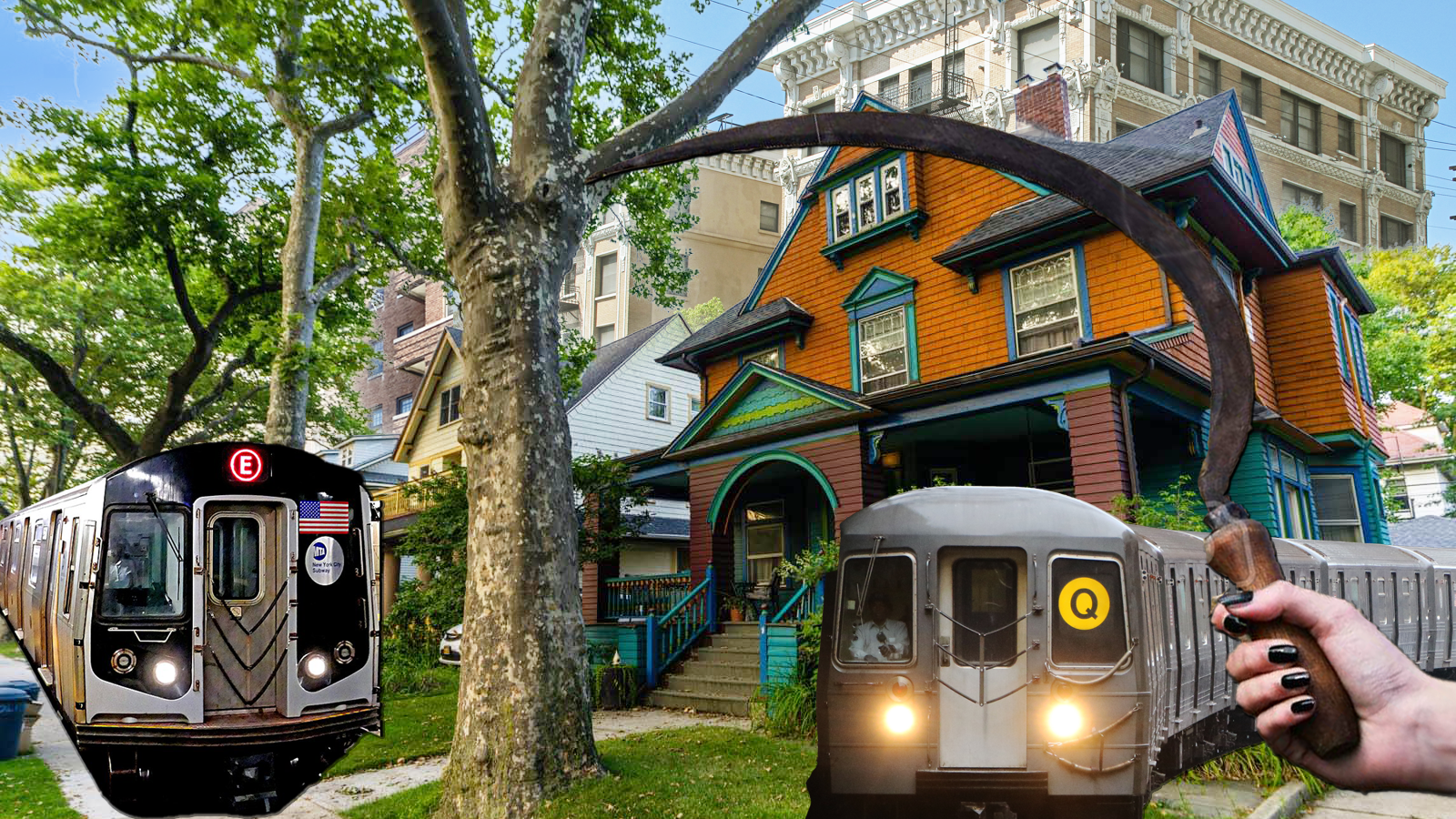
"Streetsblog analyzed the potential for transit-oriented development at outer borough stations ripe for increased neighborhood density, focusing on population, travel time, and zoning."
"Lower population-serving stations rank higher in the SCYTHE evaluation, promoting density to reduce roadway congestion and enhance efficiency."
"Stations with short travel times to Midtown offer greater convenience and affordability, making it essential to build housing near job centers for reduced commutes."
"Developing in low-density neighborhoods encourages living in pleasant areas with amenities, rather than forcing people into unsuitable industrial sites."
The SCYTHE evaluation ranks subway stations based on factors beneficial for transit-oriented development. Key criteria include population density near the station, travel times to Midtown, and proximity to low-density zoning areas. Stations serving lower populations are prioritized to enhance neighborhood density, which alleviates road congestion. Shorter commutes lead to greater convenience for residents, and building in low-density neighborhoods promotes living in areas with adequate amenities rather than less ideal locations. The approach aims to create efficient housing solutions that align with transit accessibility and community well-being.
Read at Streetsblog
Unable to calculate read time
Collection
[
|
...
]